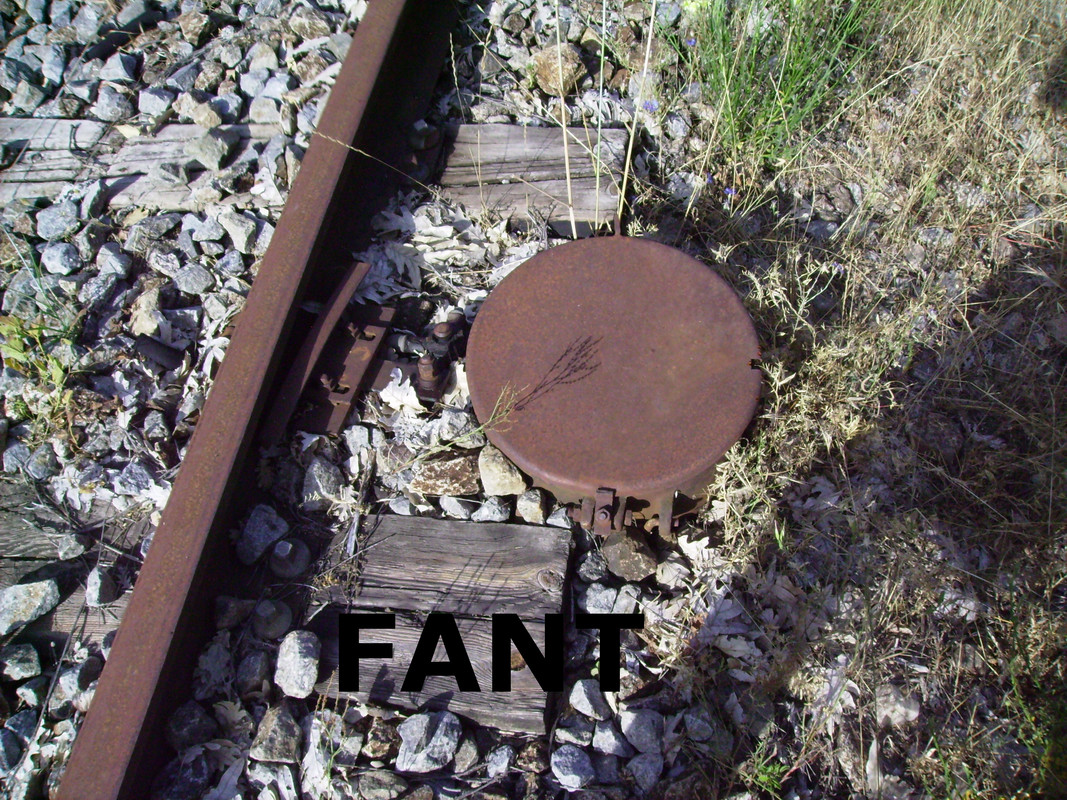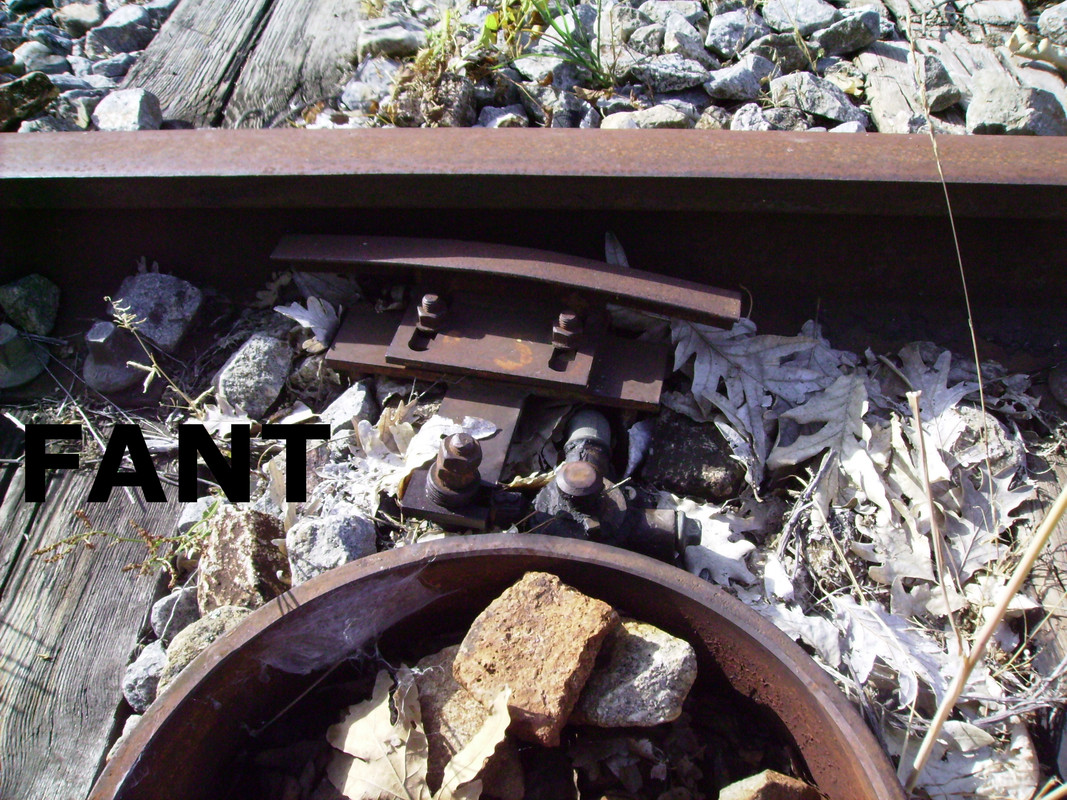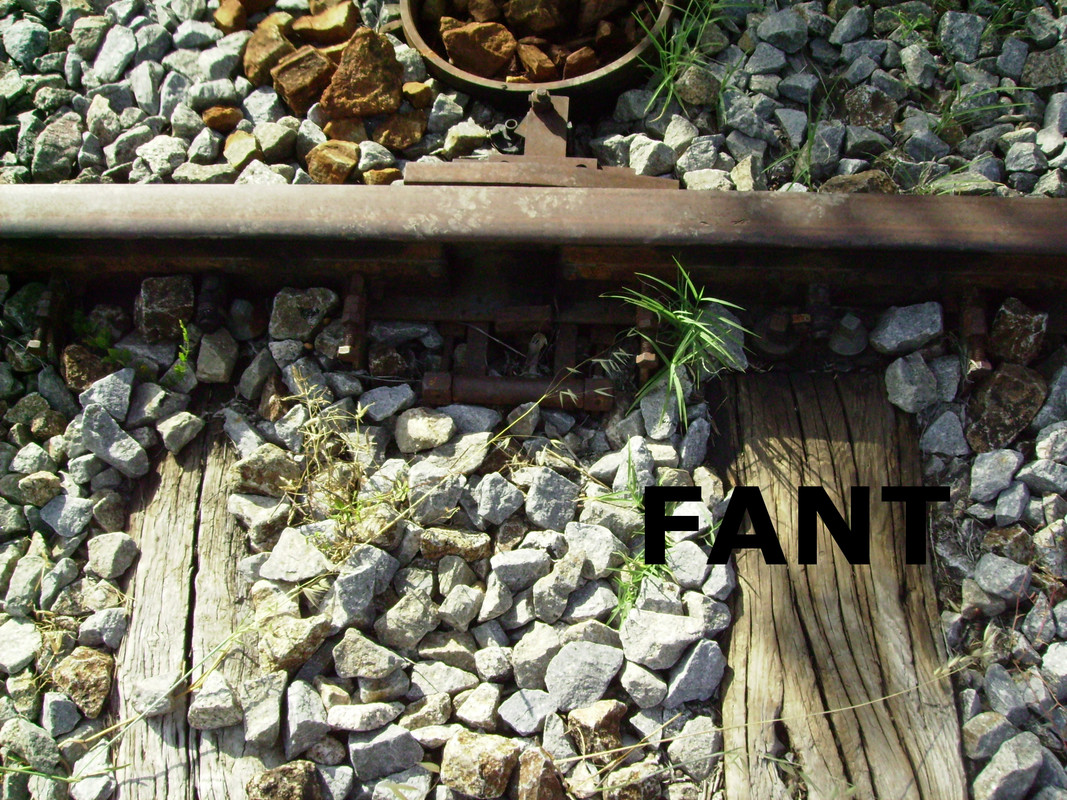crazytrain
Hobo
In the process of researching some of the many rebuilds going on, I kept noticing a strange added part located near the rear inner wheels on the trucks of the EMD locomotives (nearest the fuel tanks). The part sticks out at an angle and looks like a bar with a pin on the end. On CSX rebuilds they are white and can't be missed, BNSF and others seem painted and are easy to miss.
The parts were added to the models I've been building, but I had no clue as to what they were. Come to find out they are part of a wheel flange lubrication system (solid) to reduce wear. Not sure if they save the wheels, rails, or both though.
The parts were added to the models I've been building, but I had no clue as to what they were. Come to find out they are part of a wheel flange lubrication system (solid) to reduce wear. Not sure if they save the wheels, rails, or both though.
Last edited:




